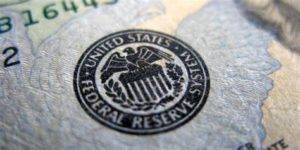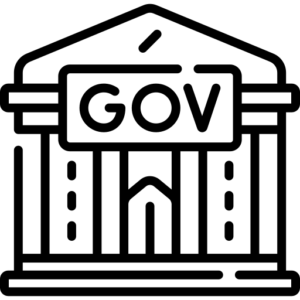Understanding Bank Stress Tests: Evaluating the Safety and Sustainability of the US Banking System with Finance News Live
Finance comes with its share of high-pressure exams, and for the Big 32 in the United States, the Federal Reserve’s annual stress tests are the equivalent of the banking finals. This comprehensive evaluation, recently publicized with 2024 scenarios, isn’t just a benchmark for banking health; it’s a standard that shapes investments, dividends, and to some extent, national economic policy.
In this blog, we delve into the complexities surrounding bank stress tests. From deciphering what a stress test is to understanding its impact on the financial landscape, we lead you through the core insights — the kind that analysts, investors, advisors, and traders crave for when dissecting the market under a microscope.
A Stressful Subject: The Intricacies of Bank Stress Tests
The US Federal Reserve’s rigorous evaluation is no run-of-the-mill examination. It’s an elaborate series of financial simulations designed to assay the fortitude of banks in facing severe economic adversities. These tests aren’t punitive but rather prophylactic, aiming to ensure that the banks are strong and nimble enough to withstand economic earthquakes.

Unpacking the Purpose of Stress Tests
Bank stress tests exist to answer a vital question: How resilient are America’s banks? By replicating worst-case scenarios, such as a 10% unemployment rate alongside a catastrophic collapse in real estate values, these assessments gauge how banks’ capital would fare. They are pivotal in safeguarding the economy against financial crises by preemptively addressing weak links.
Scenarios for the 2024 Stress Tests
The contemporary test factors in the economic treadmill going at full tilt. It includes potential shocks that might overwhelm an ill-equipped institution, such as prolonged downturns and cascading defaults. The 2024 scenario projects a grim tableau, where banks must prove their mettle against economic realities that have historically signaled trouble.
How the Stress Tests Affect Investment Decisions
For analysts and investors, the release of stress test results is akin to a crystal ball into the future of bank securities. These outcomes dictate the maximum capital deployment banks are authorized to execute: share buybacks and dividend payouts. Investors and advisors keenly wait for these results, as they signal the fiscal fitness of banks, influencing stock prices and, consequently, investment strategies.
Capital Requirements and Shareholder Returns
Stress tests play a crucial role in determining the capital adequacy of banks. If banks pass the trial, they can distribute a portion of their profits to shareholders, indicating a robust balance sheet. In contrast, failure incurs stringent capital constraints, affecting the scope and scale of shareholder returns. This interplay between stress test performance and shareholder value is pivotal.
Fostering a Safe and Sustainable Banking System
The ultimate goal of stress tests transcends the numbers. It’s about fostering a banking system that’s not merely robust on paper but demonstrably capable of weathering severe economic tempests. The insights gleaned from these tests are used to calibrate regulatory measures, ensuring that banks continuously shore up potential vulnerabilities identified in the stress test process.
In conclusion, bank stress tests are a critical instrument in the toolkit for evaluating the safety and sustainability of the US banking system. They offer a comprehensive snapshot of banks’ financial health and provide imperative guidance for investors and policy-makers alike. As the financial year unfolds, the chorus of stakeholders will keenly monitor the stress test performances, cognizant of the sway it holds over the market.

Stay tuned with the live finance news to track the pulse of these stress tests and understand the implications for your investment portfolio. After all, in the world of finance, being forewarned is being forearmed. So, keep yourself informed and make smart investment choices. The future of your finances may very well depend on it. So, stay informed, stay ahead, and most importantly, stay financially secure. Let’s build a sustainable financial future together! End of Blog
As we continue to navigate the ever-changing landscape of finance and economics, stress tests will remain an integral part of evaluating the health of the US banking system. They serve as a safeguard against potential financial crises and provide crucial insights for investors and policy-makers. With each passing year, these tests become more refined and comprehensive, allowing for a deeper understanding of the resilience of our banking institutions.
Federal Reserve worthy of the American People’s Trust?
Stress tests also play a crucial role in promoting transparency and accountability within the banking sector. By publicly disclosing the results, banks are held accountable for their financial stability and performance. This fosters a culture of responsibility and encourages banks to continuously strengthen their operations in order to pass future stress tests by the Federal Reserve System.
It is important for all stakeholders, from investors to policy-makers, to closely monitor the results of stress tests and use them as a guide for making informed decisions. While they may be stressful for banks, these tests ultimately contribute to a safer and more sustainable banking system for the overall benefit of our economy. So let’s continue to support and advocate for the importance of stress tests in securing a strong foundation for our financial future.




